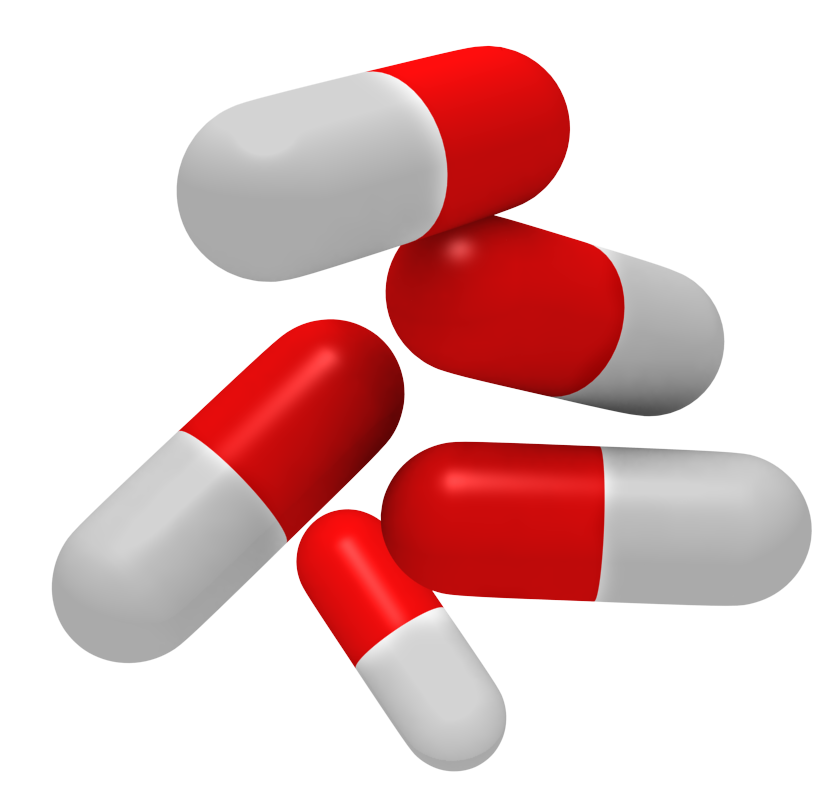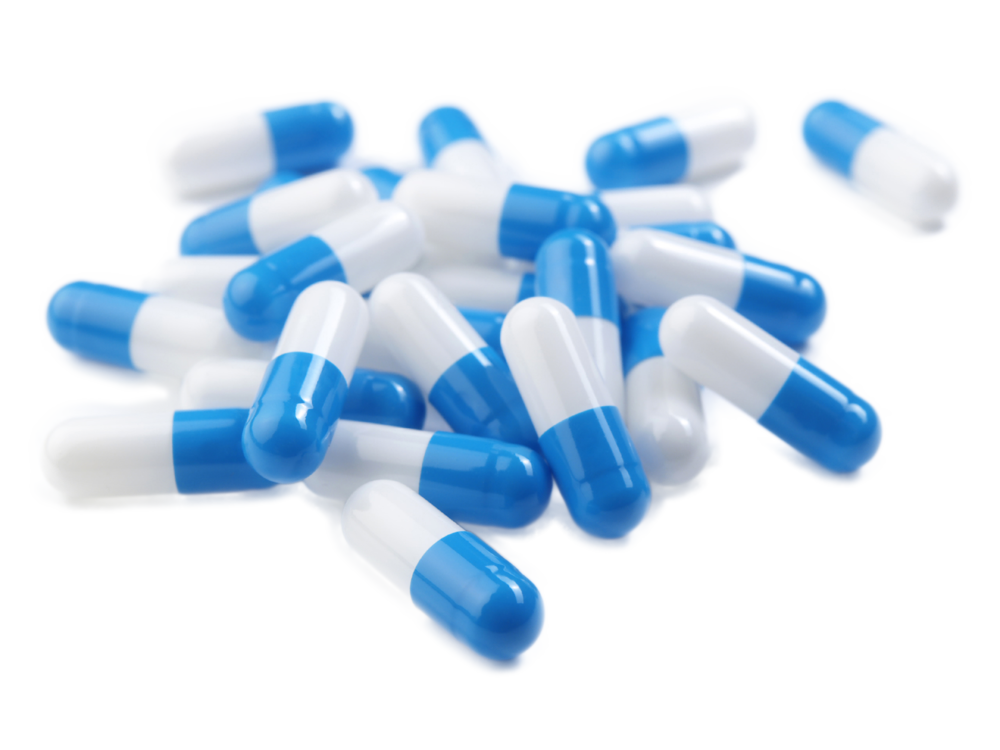Capsule medicines are a popular form of oral medication delivery. Here’s a breakdown of their usage, differences from tablets, benefits, and drawbacks:

Why Capsules 💊 Are Used
Capsules are used to:
- Deliver medication in a tasteless and odorless form, making them easier to consume.
- Protect sensitive drugs from stomach acid or environmental factors like light and moisture.
- Allow for controlled or delayed release of medication in the digestive system.
- Provide a convenient way to administer liquid, powder, or pellet forms of drugs.
Differences Between Capsules 💊 and Tablets
- Structure: Capsules are made of a gelatin or plant-based shell that encloses the medication, while tablets are compressed powders or granules.
- Form: Capsules can hold liquids, powders, or pellets, whereas tablets are solid and may have coatings.
- Absorption: Capsules generally dissolve faster, leading to quicker absorption, while tablets may take longer to break down.
- Taste: Capsules are tasteless, while tablets may have a bitter taste unless coated.
- Customization: Capsules can be customized for controlled or extended release, while tablets are more limited in this regard.
Benefits of Capsules 💊
- Easy to swallow due to their smooth texture.
- Faster absorption in the digestive system.
- Reduced gastrointestinal irritation compared to some tablets.
- Can mask unpleasant tastes or odors of the medication.
- Suitable for dual-action or extended-release formulations.
Drawbacks of Capsules 💊
- Higher production costs compared to tablets.
- Shorter shelf life, especially for soft-gel capsules.
- Not suitable for very young children or individuals with difficulty swallowing.
- Capsules made of gelatin may not be suitable for vegetarians or vegans.
- Sensitive to humidity and may become brittle or sticky.
Capsules and tablets each have their unique advantages, and the choice often depends on the specific medication, patient preference, and medical requirements.
Capsule filling machines are essential in the pharmaceutical and nutraceutical industries for efficiently filling capsules with powders, granules, or liquids. Here’s an overview of their types and working principles:

Types of Capsule 💊 Filling Machines
- Manual Capsule Filling Machines:
- Operated entirely by hand.
- Suitable for small-scale production or research labs.
- Cost-effective but slower in production.
- Semi-Automatic Capsule Filling Machines:
- Combines manual and automated processes.
- Ideal for medium-scale production.
- Requires some operator intervention for loading and unloading capsules.
- Fully Automatic Capsule Filling Machines:
- Fully automated, requiring minimal human intervention.
- High-speed production, suitable for large-scale manufacturing.
- Can handle various capsule sizes and materials.
- Soft Gelatin Capsule Filling Machines:
- Specifically designed for soft gelatin capsules.
- Used for liquid or semi-liquid formulations.
- Tamping Pin Capsule Filling Machines:
- Uses tamping pins to compress powder into the capsule body.
- Ensures precise dosing.
- Dosator Capsule Filling Machines:
- Employs a dosator to measure and fill powder into capsules.
- Suitable for fine powders and granules.
Working Principle
The general working principle of capsule filling machines involves the following steps:
- Capsule Loading: Empty capsules are loaded into the machine.
- Capsule Separation: The machine separates the capsule body from the cap.
- Filling: The capsule body is filled with the desired material (powder, granules, or liquid).
- Rejoining: The capsule cap is rejoined with the body.
- Ejection: The filled capsules are ejected from the machine.
Each type of machine may have slight variations in its working mechanism, depending on its design and level of automation.
https://www.youtube.com/watch?v=ipoBl2LGHCM
Capsules Filling Process – Operating Principle
Credits: Fette Compacting
